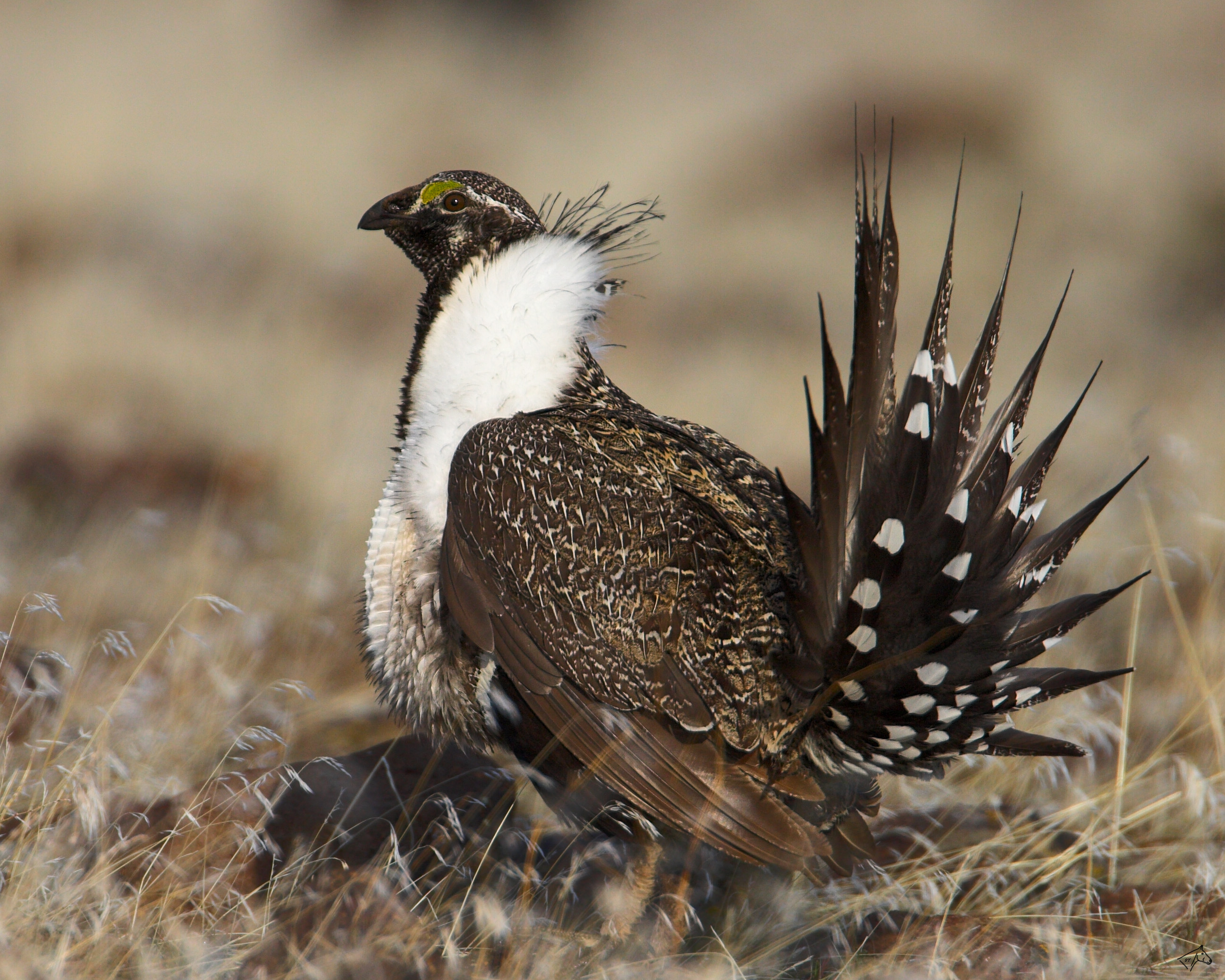Posted by Matthew Sim
There are several factors that make Big Bend such a holy grail for birders. Factor number 1? The fact that the park offers the easternmost limit for many western species and the westernmost limit for many eastern species of birds. Factor number 2? The park is located on a major migratory flyway and is an important stop-off for many bird species. And factor number 3? Located close to Mexico, the park has many southern specialty birds that can’t otherwise be seen in the U.S. (such as Lucifer Hummingbird and Colima Warbler). The facts didn’t change anything for us though; we were having a blast and seeing many great birds in the process!
Dawn of our second day saw me up bright and early, as the saying goes, the early bird gets the worm (actually, it should be more like: ‘the early birdwatcher gets to watch the bird getting the worm’). Anyway, no matter how the saying goes, I was awake before the sun peered over the hills. I headed down to the feeders, spotting a Bewick’s Wren on my way down. Down at the feeders, I saw no new species but all the same, it was very exciting.
I did also manage to spot a Ladder-backed Woodpecker slightly closer than before and managed to get a half-decent shot in the dim light.
We didn’t spend too long at the feeders though as we had decided that today was the day to challenge ourselves. I mean really challenge ourselves. We had decided to hike the Emory peak, the tallest mountain in the park at 7,825 feet high. It is a strenuous hike and the roundtrip is… 10.5 tough miles. We started our climb at about 11am, with the temperature slowly starting to rise. Starting our climb, we were treated to the sounds of several Bewick’s Wrens singing as well as a Crissal Thrasher. While we climbed higher and higher, we started to hear the noise of several Mexican Jays and soon came across a flock of 8.

We were sweating now, hardly even half way up, yet we carried on. As we neared the top of the peak, our effort was payed off. The view was breathtaking.

As we reached the summit we watched nearly 100 White-throated Swifts swirling and diving through the air. Occasionally, as they passed closely by us, we could hear the wind rushing through their wings.

After enjoying the breath-taking scenery for a little longer, we began the long hike back down. Through our exhaustion, we even managed to find two Black-crested Titmice calling from the steep slopes.y the time we reached the bottom of the mountain, thoroughly worn out and incredibly sore, we decided unanimously to call it a day. When we reached our campground, we saw a Common Poorwill (a relative of the nighthawk), perched on the road and darting up into the air every couple of seconds to catch insects. The best part of the day though? Seeing countless stars in the night sky back at the camp. My photo does not even come close to doing the stars justice.
The next morning, due to our serious state of exhaustion, we woke up very late. Upon coming to the decision that it had been fun, but that it was now time to slowly head for home (we were very tired!) we did just that. Heading home slowly meant frequent stops to admire scenery, nature and whatever else we might see. By the time the sun was setting, we had reached Kerrville (about halfway home) and decided to stop for the night. As we reviewed all the excitement of the last several days, we realised the star of the show was still missing. The one bird you always expect to see out west. The bird that is famous worldwide. We hadn’t yet seen a Roadrunner!!!
Upon doing some quick research, we found a state park in Kerrville that might just yield us a Greater Roadrunner. To make a long story short, we spent the following morning looking for a Roadrunner without success. Just as we were beginning to despair, my dad suggested taking one last 5 minute spin around the road. No sooner had we started that 5 minute spin when… There it was! Greater Roadrunner!
We were happy- we had seen our Roadrunner. It was no time to head home.
Big Bend is a great park to visit, especially if you like birds! I would highly recommend visiting it- just be warned, summer temperatures can get up to 49 degrees celsius. Though we barely scratched the surface of this great area, I’m already looking forward to going back-whenever that might be!


















































